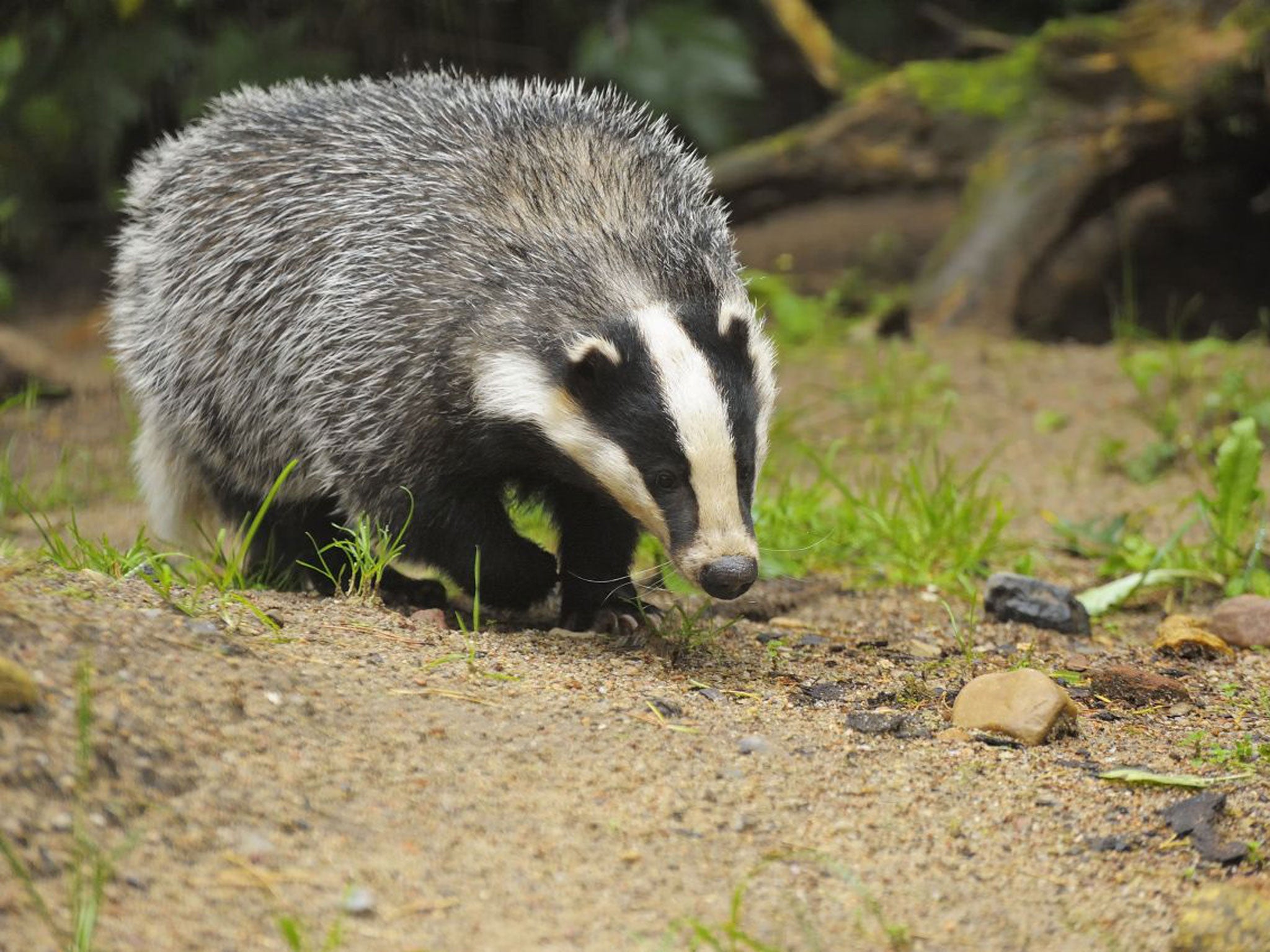Bodges and badgers: Defra admits problems with data measuring system meant TB rate was ‘overstated’
Second fault with Sam IT system inflicts further blow to credibility of cull

The Government has admitted that distorted data may have significantly exaggerated the number of herds infected by tuberculosis in Britain – raising fears that the pilot for its highly controversial badger cull could have been based on erroneous information.
It is the second time that a problem with the Sam IT system, which measures data on cattle, has been exposed as faulty in just over two years – inflicting a further blow to the project’s credibility.
It follows a private internal memo at the Veterinary Laboratories Agency – the unit responsible for the data – which recently described the problems with the Sam system as a “crisis”.
The Environment Secretary Owen Paterson had made his case for the badger cull, which was supposed to reduce the spread of bovine TB levels in cattle, using alarming data showing that thousands of herds were carrying the disease, and rates of new infections, known as the “incidence rate”, were rising.
But Mr Paterson’s Department for Environment, Food & Rural Affairs (Defra) said that a problem with data recording meant that the number of herds infected with TB had been “overstated” since September 2011, and that “it can be expected that this data series will be revised significantly downwards for 2012 and 2013”.
Furthermore, it said there is a “possibility” that the Sam IT problems could have distorted the incidence data, regarded as the most telling measure of the scale of the disease.
Dominic Dyer, policy advisor for campaigning group Care in the Wild, said: “This is a bombshell which seriously undermines a key element of the Government’s justification for its disastrous badger cull policy.”
Professor Sir Patrick Bateson, of the Zoological Society of London, said: “Record keeping should be part of good science and this shows that they are not terribly good at keeping records.”
It emerged this week that the cost of policing the badger culls last year is understood to be at least £2.6m, which equates to £1,300 per badger killed.
Professor Rosie Woodroffe, of the Zoological Society of London and member of a team that conducted an earlier decade-long trial of badger culling, said: “These kind of errors are embarrassing and it makes it difficult to judge the effectiveness of the whole TB control programme.”
A spokesman for the Animal Health and the Veterinary Laboratories Agency said he was confident that the problems identified with the statistics so far would not undermine the case for the cull and that the revised figures should be published within a month.
He also said he believed the statistics relating to the incidence of bovine TB were robust but that the agency “just wants to make sure”.
The mistake in the number of herds officially infected came after some herds continued to be classified as ‘not officially TB free’ even after the disease, or the suspicion of it, had been eradicated from the group. A herd is classed as ‘not officially TB free’ when cases have been identified in its cattle, or infection is suspected and their movement is restricted. This meant the number of infected herds had been exaggerated. However, Defra stressed that no cattle had been unnecessarily slaughtered and said that number was a more meaningful measure of the true level of TB.
A spokesman for Defra said the agency "are amending some of the monthly great bovine TB statistics that relate to the number of herds listed as being under TB restrictions. Statistics that may be affected have been suspended and will be republished soon.
"This relates to data entry only and does not affect farmers or have any impact on disease control. This does not change the need to use every tool we have to reduce the unacceptably high levels of TB.”
Join our commenting forum
Join thought-provoking conversations, follow other Independent readers and see their replies
80Comments